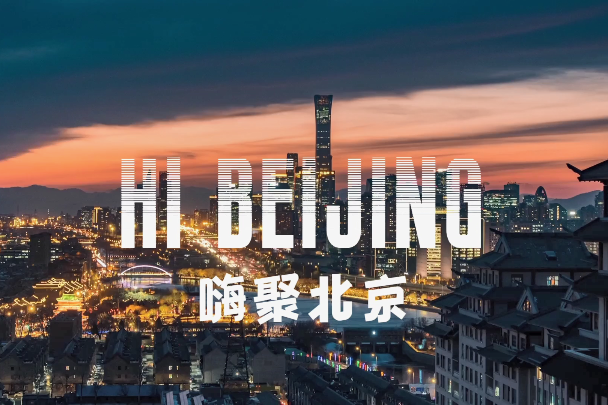Tongzhou transforming into city's subcenter step-by-step


Beijing aims to build Tongzhou district, now known as the city's subcenter, into a model of urban development in the new era.
Cui Shuqiang, the city's executive vice-mayor, made the remarks at a recent conference, which outlined Beijing's changes over the past decade.
The first batch of city-level administrative organizations moved to Tongzhou in January 2019. They witnessed great changes as the subcenter realized its detailed blueprints.
To date, 41 departments and 17,200 people are working in the subcenter's administrative office area. Now a second batch of organizations are preparing to move there.
Several major and symbolic projects are developing in the area, which have attracted an investment worth more than 100 billion yuan ($14.18 billion) annually in recent years.
A theater, a library and a Grand Canal museum are under construction. They will become the three cultural jewels beside the canal connecting Beijing and Hangzhou in East China's Zhejiang province.
Local authorities are focusing on scientific and technological innovation, administration, commercial services and cultural tourism to advance the subcenter's high-quality development.
Companies such as Beijing Investment Group, Beijing Tourism Group and Huaxia Bank have begun operations there. About 17,000 businesses have registered in the Canal Business District.
Universal Beijing Resort in Tongzhou began to welcome visitors on Sept. 20, 2021, and became a new landmark of cultural tourism.
The subcenter also planned and built Zhangjiawan Design Town, Taihu Town and an art creativity town, which have contributed to the area's high-quality development.
The Tongzhou branches of Beijing Friendship Hospital, Capital Medical University and the second phase of Beijing University of Chinese Medicine's Dongzhimen Hospital have been put into use. Some quality education resources have also gathered in the subcenter.
In addition, the region is building itself into a demonstration area featuring green development.
A forest park opened in September 2020, covering an area of 11.2 square kilometers. Eight suburban parks and forest wetlands, each covering an area of more than 666.7 hectares, have been constructed. As a result, the subcenter's forest coverage has reached 33 percent.
The Beijing and Hebei sections of the Grand Canal opened to traffic in June, spanning 62 km. Residents can take a boat and enjoy the beauty of the canal and its variety of plants and wildlife.
songmengxing@chinadaily.com.cn




